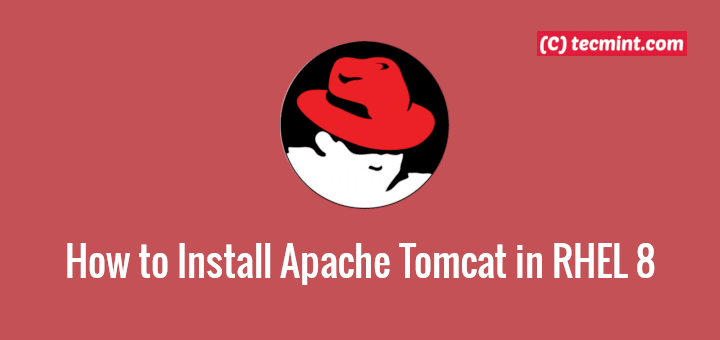

- #APACHE TOMCAT 8 BOOK INSTALL#
- #APACHE TOMCAT 8 BOOK ARCHIVE#
- #APACHE TOMCAT 8 BOOK SERIES#
- #APACHE TOMCAT 8 BOOK DOWNLOAD#
Update-alternatives -install /usr/bin/javaws javaws /usr/local/jdk/bin/javaws 1 Update-alternatives -install /usr/bin/javac javac /usr/local/jdk/bin/javac 1 update-alternatives -install /usr/bin/java java /usr/local/jdk/bin/java 1
#APACHE TOMCAT 8 BOOK INSTALL#
If however you need to update the current Java version, the Alternatives How-To on the CentOS wiki can get you up to speed pretty quick on the task.Īssuming you don’t have alternatives setup for Java, the next commands will install the alternatives links for the JDK binaries. However, if you don’t currently have Java installed on your system it sure makes future updates easier so I recommend just following along so all you have to do is swap out the JDK symlink next time you update your JDK.
#APACHE TOMCAT 8 BOOK SERIES#
This next series of commands isn’t strictly required. Below I’m simply making the symlink reference the newly extracted JDK.

To make future JDK updates easier, I like to create a Symlink referencing the current JDK so all the Java binaries are automatically repointed to the current JDK via the Linux Alternatives binary version manager. Again, if you’re not installing into /usr/local update your paths accordingly.
#APACHE TOMCAT 8 BOOK ARCHIVE#
Next we need to extract the archive into the target directory using tar. Note: To rename the file you can simply type jdk and press tab twice to complete the filename in lieu of having to type out the entire filename. If so just rename the archive so it ends with a tar.gz extension. header "Cookie: oraclelicense=accept-securebackup-cookie" \Īfter the archive downloads it may have been saved with the query string AuthParam appended. cd /usr/local/ & wget -no-check-certificate -c \

#APACHE TOMCAT 8 BOOK DOWNLOAD#
Please note this entry was originally posted in April of 2015 so you may want to download the latest versions of Java and Tomcat and updated the requirements accordingly. So let’s cd into your target directory as root and grab the latest java version… For more about the sudo command and running as root you can checkout the man pages or the CentOS Wiki. Respectively a $ dollar sign indicates you are a normal user. Note that when you see a command-line with a # hash sign at the beginning this is a unix standard indicating that you are logged in ‘as the root user.’ However, if you are not logged in as root, all of the commands displaying a hash sign, # will require ‘sudo’ permissions. I’m installing Java to /usr/local but if you want you can substitute for another location such as /opt or /usr/share. In order to install the binaries we’re going to SSH into the server as root and use GNU Wget to download the dependencies. Installing / Updating to the Latest Java 8 Version Furthermore, we’re obviously going to need Java and Tomcat so let’s get started by installing or updating to the latest versions. (Currently Java 8 1.8.0_45, Tomcat v8.0.21). For more info you can get a pretty good bootstrap lesson on each technology from the StackOverflow wikis… respectively, SSH, Linux and Vim.

If you’re not comfortable using Vim you might delegate this task to someone more confident with their skills or using another editor such as Nano or Emacs. If not I’ll show the commands as I go along but those skills are beyond the scope of this guide. To get this build working I’m assuming you are at least casually familiar with basic Linux commands, shell access and a understanding of the Vim editor. Personal Tools of ChoiceĪs I favor using GNU tools and I’m running Windows locally, I’m using a Cygwin-derived toolkit based on Arch Linux called MSYS2, and ConEmu – a superb console emulator for Windows. Note, this is simply a how-to… not a best-practices guide so if you require a security hardened solution I recommend checking out TomcatExpert for an authoritative how-to. As this build requirement is not entirely obvious I thought I’d share the experience as a simple how-to guide. I was recently asked by an associate of mine to deploy a Spring application to a CentOS server running cPanel/WHM and Apache.


 0 kommentar(er)
0 kommentar(er)
